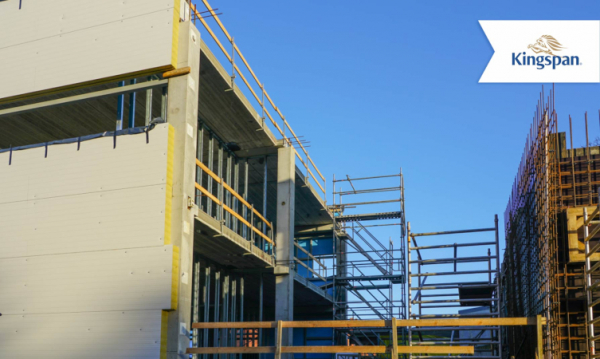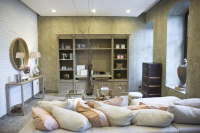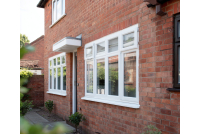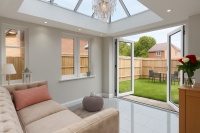Table of Contents:
- Sandwich panel - what is it?
- The most important features and functions of the double-layer board
- Production stages
- Product application
Definition of sandwich panels
Sandwich panels are modern composite building materials used to enclose roofs, interior and exterior walls, and thus the entire body of the building. They consist, as the name suggests, of layers: an insulating core in the center and steel cladding on its two sides. Sometimes they come under the name "sandwich panels."
What is the double-layer panel used for?
Among the most important functions of this material is to provide the desired thermal insulation - increasingly important in the context of sustainable and efficient construction. In addition, characterized by robust construction, the panel boards guarantee the building's resistance to both adverse weather conditions and sudden events and disasters, such as fire. They also offer good sound insulation - important at all points located near traffic arteries or industrial centers.
The aesthetic function cannot be overlooked. It, too, is very important in the context of the entire basic design, and sandwich panels - wall and roof ones - are undoubtedly characterized by an attractive appearance that meets the needs of even the most modern investments. The long life of such material, expressed in decades, translates into financial savings, and also makes sandwich panels a more environmentally responsible choice. This is also because they do not use poisonous gases. One of the leaders in the development and sale of sandwich wall and roof panels, Kingspan is also paying increasing attention to reducing the energy used during production and using renewable energy for this purpose.
What does production look like?
Panel boards are made in several stages. The first is focused on the metal cladding - giving it a profile and parameters according to the technical documentation and covering it with a protective film. The second step concerns the insulation core. The different types of products are formed from one of several materials: mineral wool, polyurethane foam or polystyrene foam. Some companies use proprietary cores, such as Kingspan and its innovative QuadCore™ core. Which plastic is chosen is, of course, very important in terms of the performance of the board. The next step is to connect the cladding to the core and cut the finished product into pieces of specific dimensions. Before it gets to the customer, it undergoes so-called seasoning - a break during which it gains the desired temperature and undergoes quality control.
Product application
Wall and roof panel - due to its numerous advantages - is increasingly used in both private and public investments. It appears in places such as production halls, office complexes, agricultural buildings, shopping malls, cold and freezing warehouses or garages.









